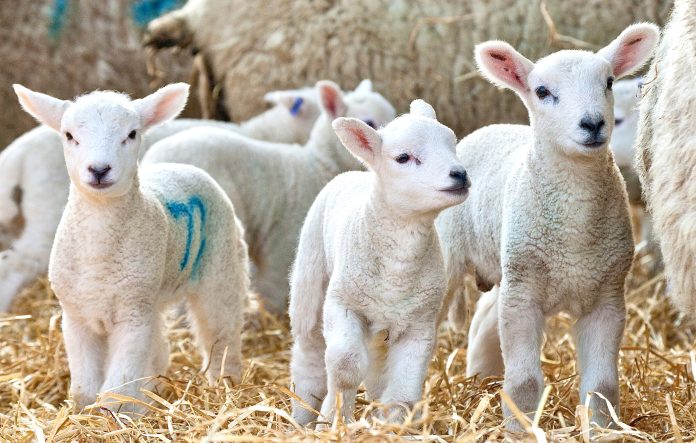You can help all animals and our planet by choosing compassion on your plate and in your glass. #GoVeg
RELATED ARTICLES
Banning Cruelty: New Legislation Aims To Ban Octopus Farming In The U.S.
New bipartisan legislation has just been introduced in the U.S. to ban commercial octopus farming and prohibit imports of farmed octopus from foreign countries.
The...
Outrage In Yellowstone! Grizzly Bear Killed By Wildlife Officials & Left With Head & Paws Cut Off
Photo by: Trisha McFarland / Cowboy State Daily
A photo of a dead grizzly bear with its head and paws cut off has caused an...
Inside Florida’s Illegal Horse Meat Trade: Undercover Footage Shows Racehorse Being Shot & Butchered
A heart-wrenching discovery of illegal horse slaughter has emerged, with video footage exposing the tragic killing of a racehorse named 'Funny Biz,' who was...
Popular stories
News
Humane Society International Partners With Krakow Shelter For Homeless Animals In Poland To Care For 120 Homeless Dogs & Cats Rescued From Ukraine
Beata Zawrzel/APImages for HSUS
While Humane Society International (HSI) continues to distribute emergency supplies to refugees arriving with their pets at the border of Poland and...
News
Victory! Israel Becomes The First Country In The World To Ban The Sale Of Fur
Israel has officially become the first country in the world to ban the sale of fur after signing an amendment today. The ban will go...
News
Lawsuit Demands FDA Respond To Petitions Seeking A Ban On Ractopamine Used To Increase Muscle Mass In Farmed Animals
The Animal Legal Defense Fund,Center for Biological Diversity, Center for Food Safety, and Food Animal Concerns Trust filed a lawsuit to require that the...



